Sketchbooks
In my case, more often then not my sketchbooks are untidy. The covers are ragged, bent and often scrawled on, as I tend to record whats inside the book on the cover, a rather futile attempt to be organized! Many times I will start a sketch book, only to pick up another when Im half way through it, and then return to the original a few months later. All very organized! I do however always pop dates and locations on the drawings within, as well as a rough summary on the books completion.
A sketchbook then is a tool, and an invaluable one for any artist in the business of capturing moments that are significant to them. Even if they are not always sure if its a moment worth capturing. The sketchbook in all forms has always been a faithful companion to an artist, the landscape painter in particular. It allows a far greater means of flexibility in what they are able to see and capture on trips outdoors. The ease and convenience that a small sketchbook brings means that if time or weather conditions are not favorable to paint with oils (although oils are more suited to wet weathers) the trekking artist can still return to their studio with some memories on paper.
My sketchbooks are an ecliptic collection of large and small, some watercolour books, the majority though being plain paper that I still use watercolours on. Much to my own frustrations as I watch the paper curl and mulch as the water is applied!
The sketchbook hasn't always been my main source of capturing things however. In fact many many years ago when I started landscape painting and heading out into the fields, I would take a digital camera out with me alongside a sketchbook. The camera is an incredible tool for use in art, and of course is a method of creating visual art in its own right. But I soon became frustrated with it. I would often find having returned from a lengthy field trip, that I hadn't really “seen” anything! I was snapping away at so much and everything around me that I hadn't looked at any of it. I would find the ease and convenience of the camera would result in my sketchbook remaining in my pocket. So the camera was retired, and instead my sketchbook became my primary source when out and about. And now I carry one with my at all times, as its not always on a dedicated trip out drawing that you spot something inspiring.
The sketchbook serves many uses in regards to actually painting paintings. For me its a method to jog the memory, it will transport you back to a particular place and time that has now faded into the past. It will allow your mind to think back to whatever it was that inspired you. It doesn't have to be neat, or tidy or even detailed. Some of my most critical drawings are simple lines, tracing a hill and some trees, a few marks for the sky all topped of with a written description of the light and mood. In can be used in whatever way benefits that individual artist. In fact it can be quite a learning curve, choosing what will work and benefit you later in the studio, and what will only serve as a distraction. I also draw the same scene multiple times, not only as its often changing rapidly before me, but It really does help dial in the eye so to speak. It helps you to cut the static, and focus on what it is that interested you enough to make you pause and draw. And paintings often result from a combination of different sketches.
I do also sketch in oils, heading out with boards primed with gesso. However I still find that its the sketchbook I reach for first, its almost a warm up exercise, allowing the brain to feel the scene your looking at.
The sketchbook is invaluable, it is something that personally I could not do without now. It is not just critical to my painting, but to my mental well being. It has become far more then just sitting and drawing. For me it is as necessary as breathing!
Many thanks for your time (and a happy new years to all!)
Till next time
AViner
